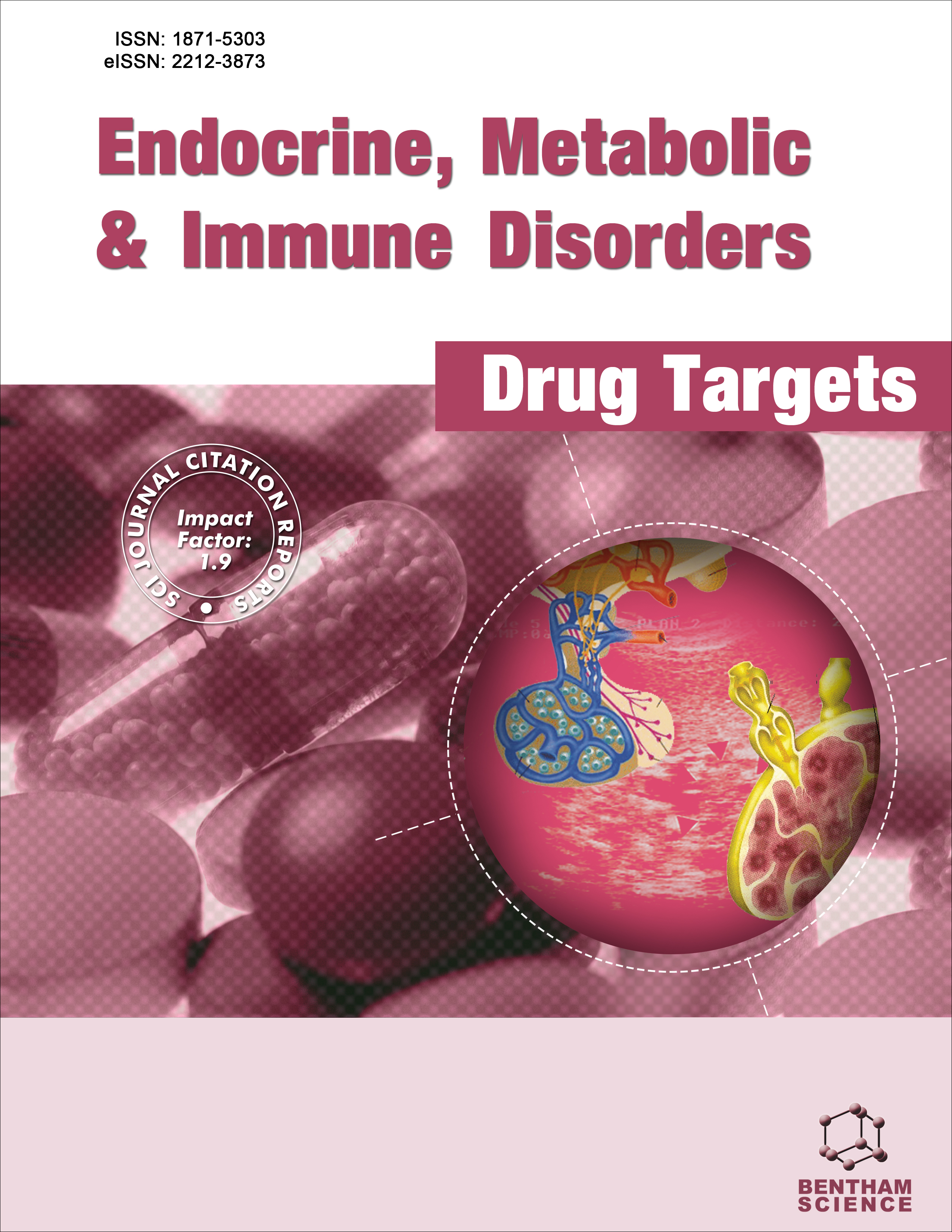
Full text loading...
We use cookies to track usage and preferences.I Understand
Type 2 Diabetes Mellitus (T2DM) represents a significant and pressing worldwide health concern, necessitating the quest for enhanced antidiabetic pharmaceuticals. Guanidine derivatives, notably metformin and buformin, have emerged as pivotal therapeutic agents for T2DM management.
The present study introduces an efficient one-pot synthesis method for the production of symmetrical guanidine compounds and subsequently, their evaluation as potential T2DM agents.
This synthesis involves the reaction of isothiocyanates with secondary amines, employing an environmentally friendly and recyclable reagent, tetrabutylphosphonium tribromide (TBPTB). In order to understand the mechanics of ligand-protein interaction, ADME/Toxicity, and drug-likeliness aspects, in silico studies were incorporated.
An efficient and easy method for synthesis of guanidine compounds has been devised. Comprehensive assessment of the biological activity of the synthesized guanidine compounds, specifically in the context of T2DM, has been rigorously conducted.
Computational analyses have unveiled their substantial potential as promising antidiabetic agents. Results highlight the relevance of these compounds in the ongoing pursuit of novel therapeutic solutions for T2DM.

Article metrics loading...

Full text loading...
References


Data & Media loading...
Supplements

